March marks the end of winter, the beginning of spring, and the awakening of nature. It’s the month when some of the most beautiful flowers bloom and grace our backyards and parks.
It’s also the month when finding our favorite flowers won’t be that hard, as they’re in their blooming season. So, it’s understandable to wonder which flowers are most commonly considered gifts during this month.
In this article, we’ll answer that question and so much more. We’ll also talk about the meaning and symbolism of the common March flower, its cultural significance, literary associations, and some tips you can follow to prolong your flower gift’s life.
What is the most commonly considered flower for March?
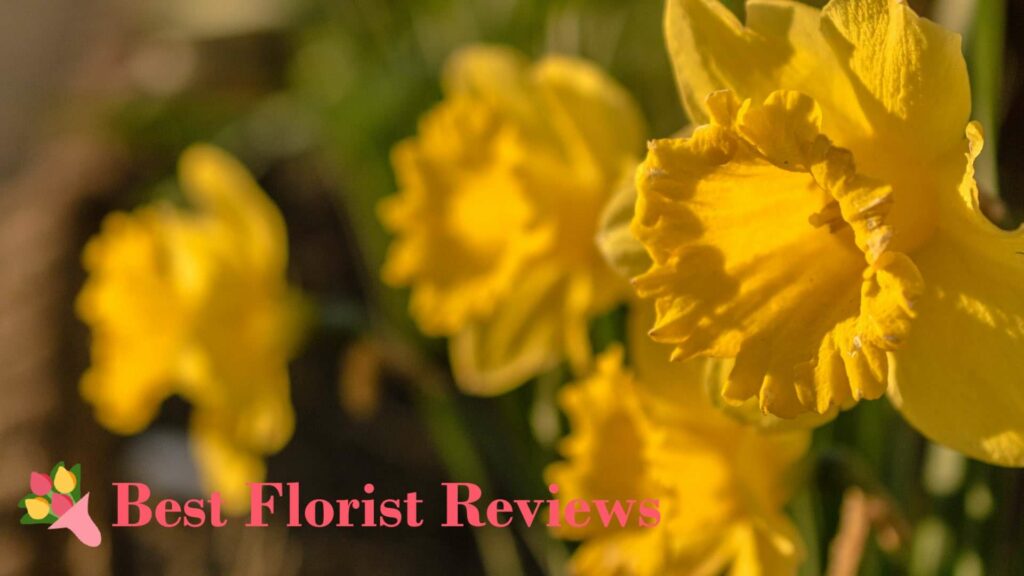

The most commonly considered flower gift for March is the month’s traditional birth flower, the daffodil. Among the several types of daffodils, jonquils and wild daffodils are the ones most commonly used to celebrate March birthdays.
All the species in the Narcissus genus are commonly called “daffodils.”
What are some botanical facts about daffodil flowers?
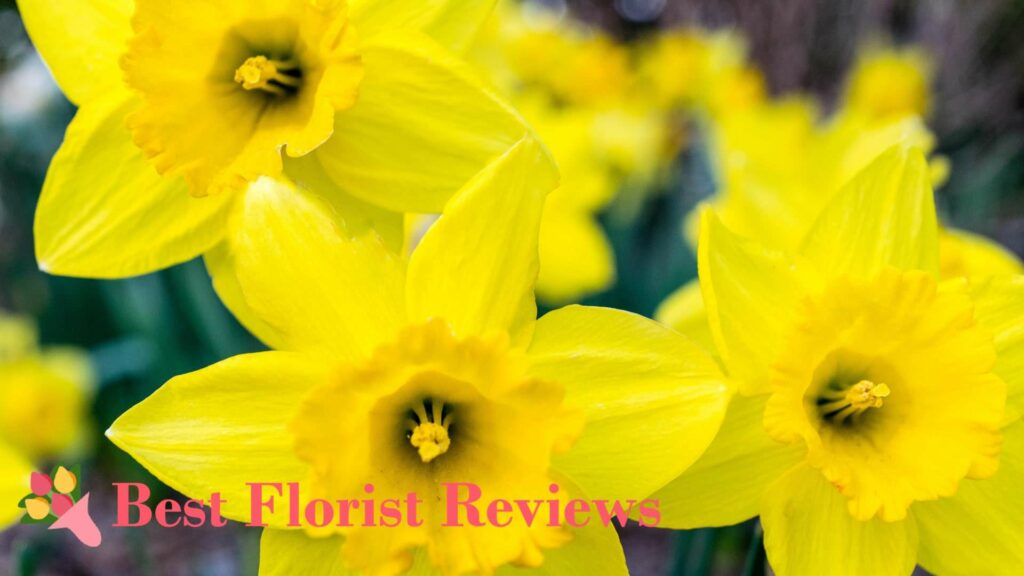

Daffodil flowers, scientifically known as Narcissus, belong to the Amaryllidaceae family. Since the wild daffodil species is the most popular and one of the primary ancestors of the genus, the genus became collectively known as daffodils.
They’re perennial flowers that grow from underground bulbs. The bulb contains nutrients that support the growth and flowering of the plant.
Daffodils contain toxic compounds, primarily in their bulbs, leaves, and flowers. These compounds can cause digestive issues or irritation if ingested, so it’s important to handle daffodils with care and keep them away from pets and small children.
What do daffodils look like?
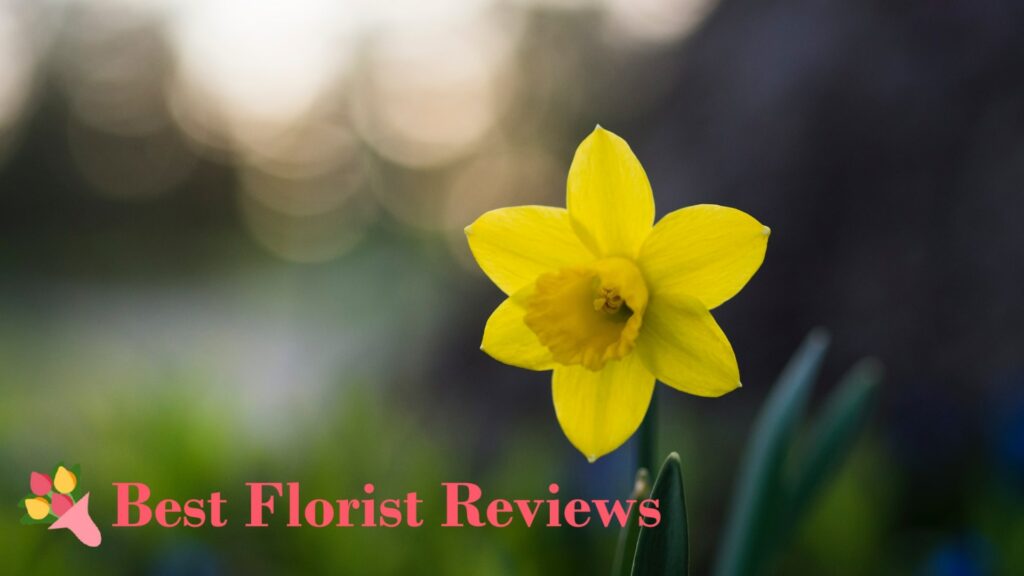

Daffodil flowers have six tepals and have a distinctive trumpet-shaped corona at the center. The corona is typically a bright yellow color, while the petals are pale to deep yellow.
However, some varieties of the flower may come in pink, white, and orange colors.
The tepals of daffodils are lance-shaped and slightly curved backward. The corona, on the other hand, is typically shorter than the tepals and can be frilled or smooth at the rim.
What is the botanical origin of daffodils?
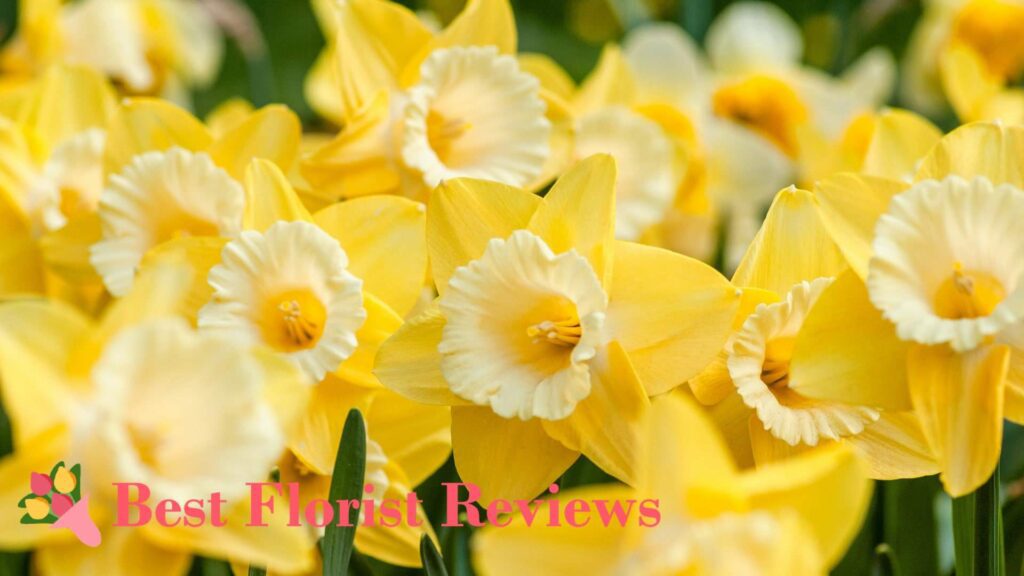

Daffodil flowers originate from Europe, specifically the Mediterranean region. However, the exact country it originated from can’t be accurately pinpointed due to the flower’s long history.
Although they still primarily grow in Europe, they’ve been naturalized and cultivated in various parts of the world. Currently, they can be found in North America, Asia, and Australia.
They usually grow in woodlands, open grasslands, meadows, and along the edges of hedgerows or near water sources like rivers and streams.
What are the meanings and symbolism of daffodils?
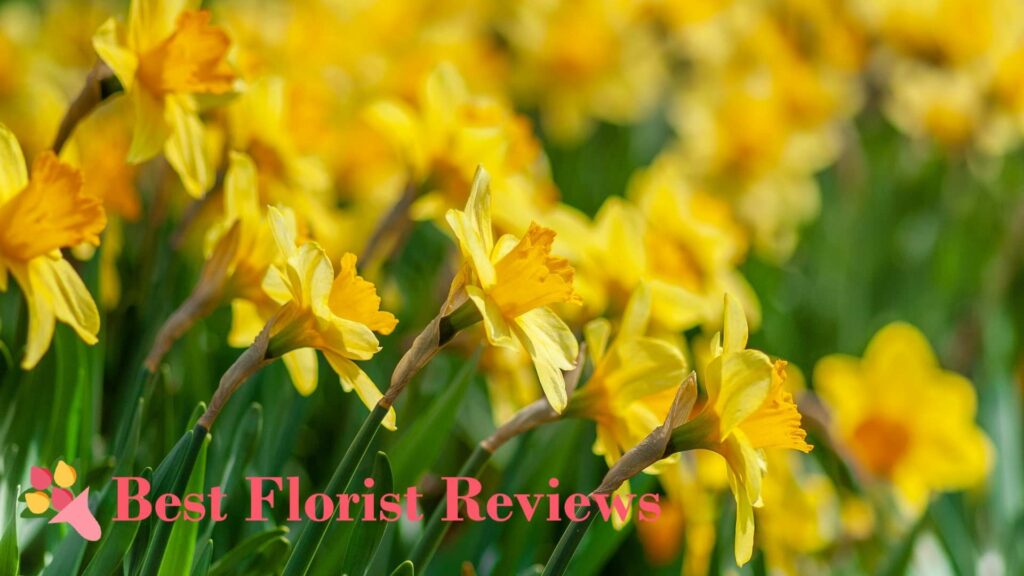

Rebirth and Hope
Daffodil flowers bloom right after winter and are one of the earliest blooming flowers in the spring season. Their growth symbolizes the beginning of a new life after the harsh winter months.
Their ability to bloom beautifully after the cold winters is a reminder that there’s hope even when you find it hard to be optimistic.
Purity
While most daffodils are yellow, few varieties are white. The pristine white tepals of these daffodil flowers suggest a sense of cleanliness.
They’re also very simple and elegant structures, emphasizing unpretentious beauty.
As a result, many associate the flowers with purity.
Friendship
Yellow has always been used to represent friendship and the warm feelings friends give. Since a popular variation of daffodils is yellow, they’ve also come to represent friendship.
They’re also reliable flowers that bloom each year, reminiscent of friends who always stick to your side.
Unrequited Love
Daffodil flowers are often associated with Narcissus in Greek mythology. He was a hunter who fell in love with himself and died while staring at his reflection on the lake.
As a result of this myth, the flower became a symbol of unrequited love and the pain that comes with it.
Good Luck and Prosperity
The vibrant yellow color of daffodils has led many to associate the flower with positive energy, including good luck and prosperity. Some also believe that they resemble golden coins and treasure, which is a symbol of financial success.
What do the colors of daffodils mean?
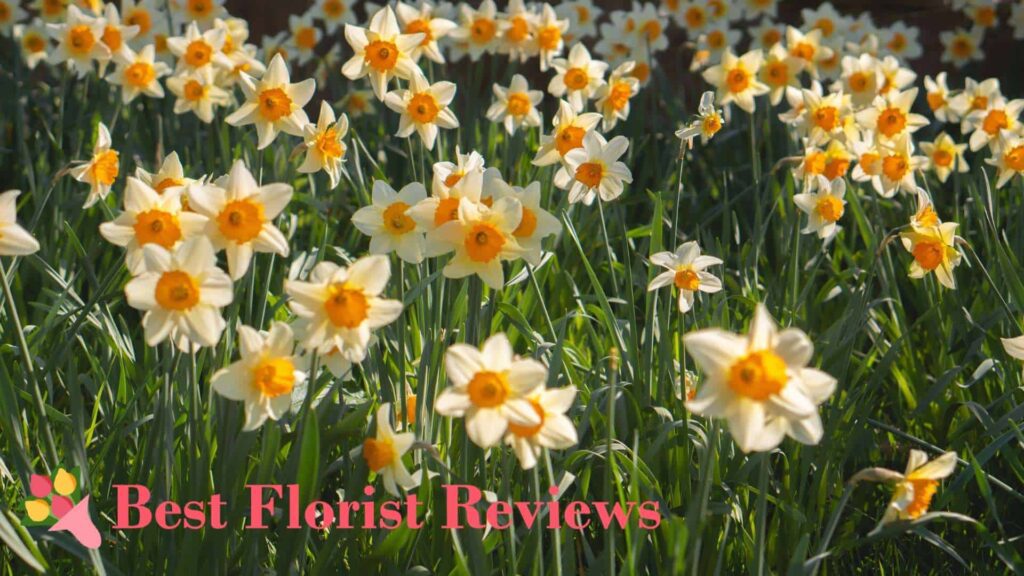

What are the cultural associations of daffodil flowers?


How to Make Daffodils Last Longer
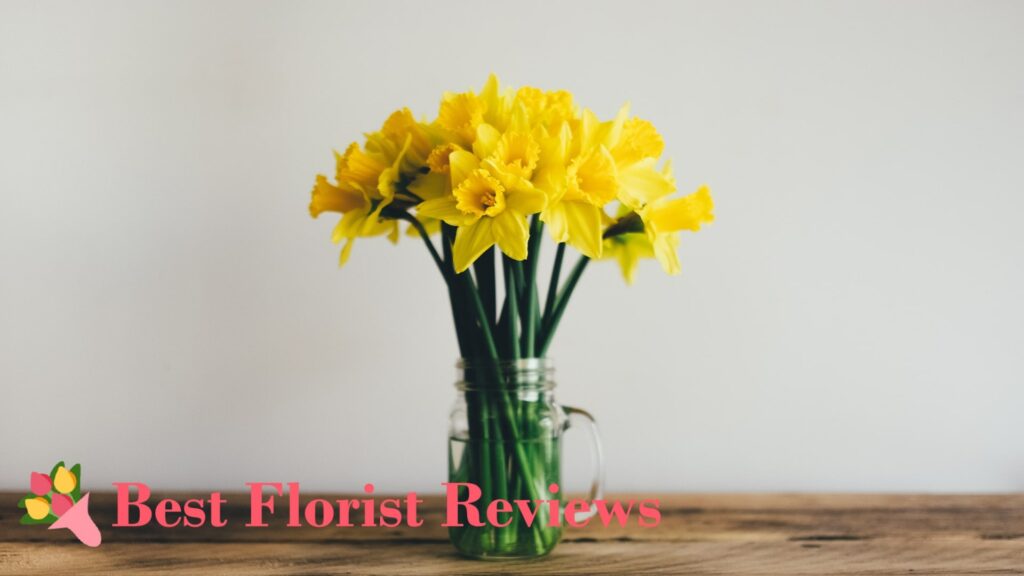

Daffodil and jonquil flowers typically have a vase life of 5 to 7 days, but it can be extended to 10 days when they’re properly taken care of.
Here are some tips that you can carry out to prolong the life of your beautiful daffodil flowers:
1. Always keep the water in your vase clean
Bacteria, fungi, and other microorganisms that grow in dirty water can clog the daffodils and jonquils’ stems and stop them from getting the right amount of hydration and nutrients. To avoid this, make sure to change the water daily and clean the vase.
2. Remove leaves that will touch the water
When there are leaves touching the water, there’s a higher chance that bacteria and fungi will grow in the water. Hence, before placing your daffodils in a vase, remove all the leaves that will touch the water.
3. Get them their own vase
Avoid mixing daffodils and jonquils with other flowers, as they can shorten the life of other flowers. They release a strong sap that other flowers can’t tolerate, so it’s better to keep them in a separate vase.
The same advice applies when you’re buying bouquets. Instead of pairing them with other flowers, use different daffodil and jonquil varieties to make the bouquet look unique.
4. Use a floral preservative
Floral preservatives help promote hydration, inhibit bacterial growth, and provide essential nutrients to the flowers. You can typically buy them in floral shops where you bought the flowers.
5. Keep them out of direct sunlight
Although daffodils and jonquils love getting bright light, direct sunlight can cause harm to the flowers, so avoid placing them in areas that receive intense direct sunlight.
6. Keep them away from ripening fruits
If you plan on putting the flowers on your kitchen island, remove the fruits that you have there and place them somewhere far from the flowers. This is because ripening fruits produce small amounts of ethylene gas, which can cause damage to the flowers.



